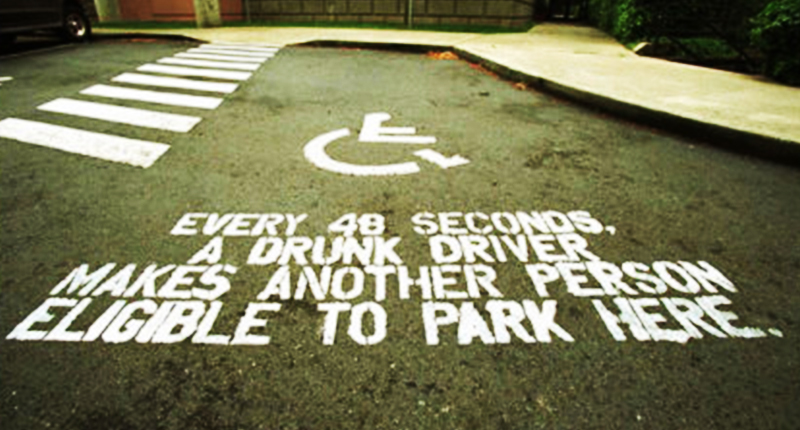Five years ago, launching a decent streaming platform took millions. Now? A teenager with a laptop can build something that reaches millions. That shift…
Science figures out how to stop drunk driving with lasers


Nobody likes drunk drivers. Not only do they endanger their own lives, but they pose a serious risk to others on the road. Unfortunately, up until this point there hasn’t been an effective system developed to isolate inebriated motorists on a large scale.
Well, drunk driving detection is about to get a whole lot more efficient, thanks to Polish scientists. Earlier this year, Polish researchers, Mtyńczak et al., published their findings on detecting alcohol vapours using a laser. That’s right, the future will not only be safer, but cooler as well.
Primarily pitched as a screening device, the alcohol detector would momentarily shoot a laser through your closed window to a reflective mirror on the opposite side of the road, which would redirect the laser to a sensor back on the other side of the road. The concentration of alcohol vapour in the would effect the amount of laser beam absorbed during its two trips through the car. In their experiment Mtyńczak et al. demonstrated that the level of alcohol vapour in the car could be reliably detected through their system.
The experiment, however, is not without caveats. There are multiple factors at play that could convolute the detection of the device. Other intoxicated persons in the car, for example, would adversely effect the amount of alcohol vapour present in the car cabin. The researchers also noted air conditioning and open windows as possible culprits of skewed data.
Due to these caveats, the researchers are proposing their technology be utilised as a screening device to identify potential drunk drivers. After they are identified a picture of the vehicle’s license plate could then be sent to law enforcement in the area so that they could track down the hypothetically intoxicated drivers.
Currently there is no efficient way to track and identify drivers who are under the influence. According to the researchers, their device could drastically reduce the number of cars police officers check by creating a viable way to efficiently distinguish drivers under the influence.

